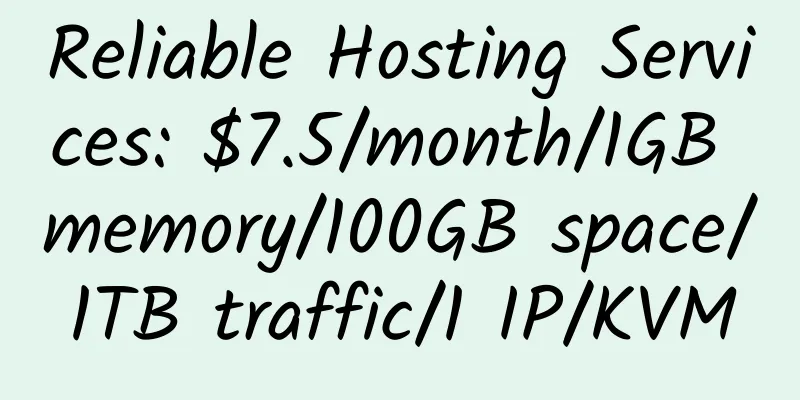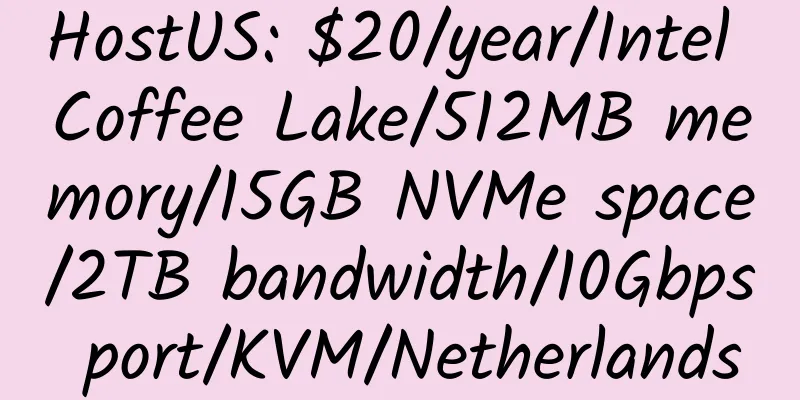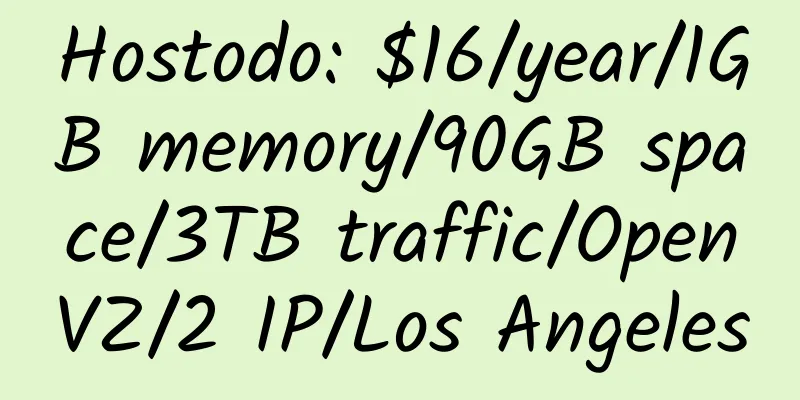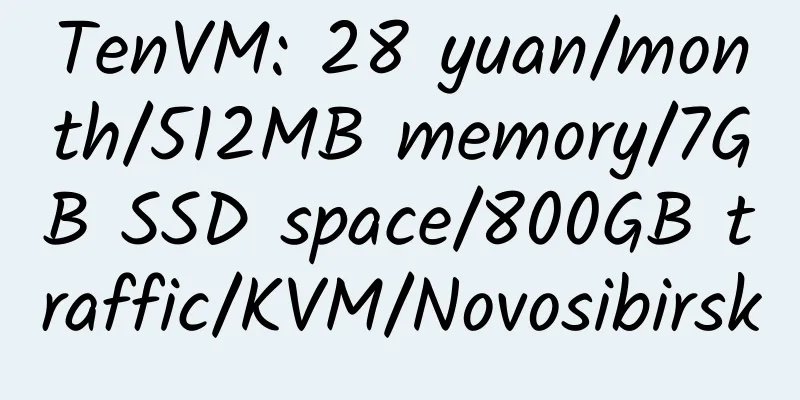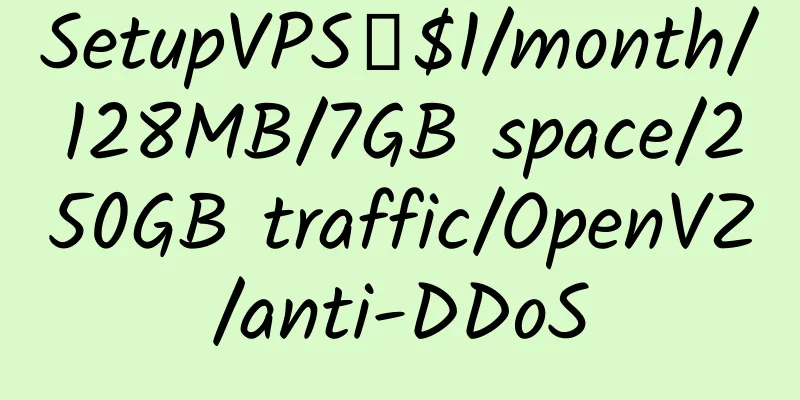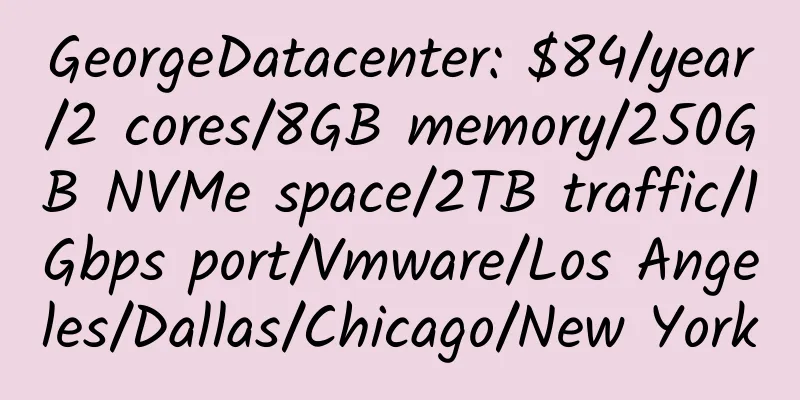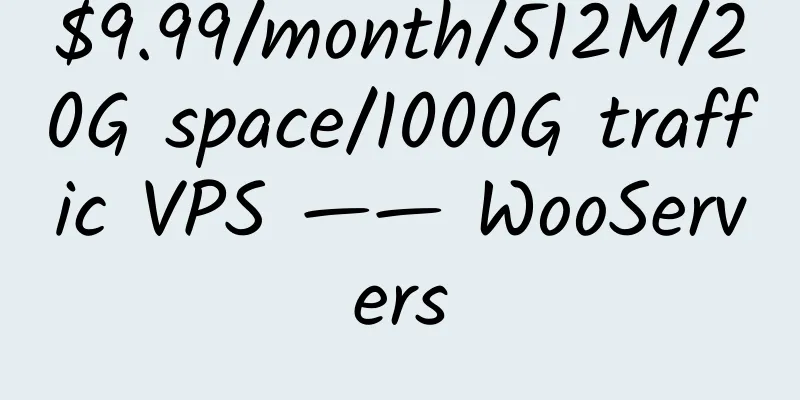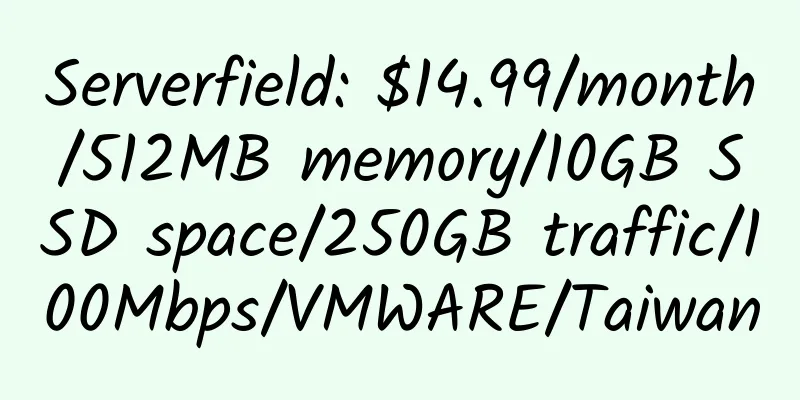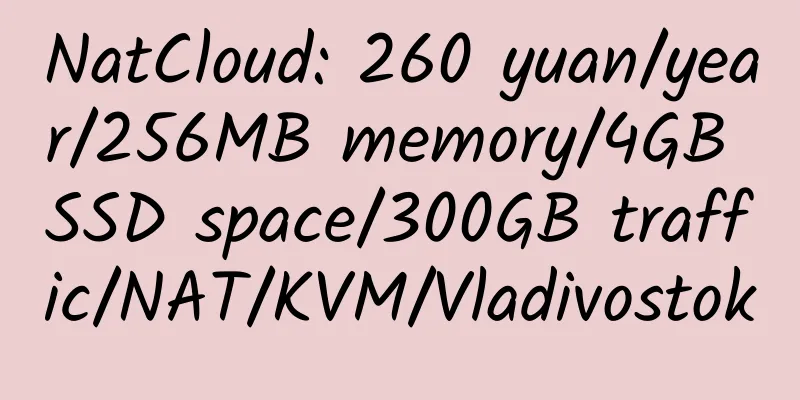Bitcoin mining detailed graphic tutorial – Bitcoin network virtual currency

Introduction to Bitcoin Bitcoin (English: Bitcoin, abbreviation: BTC, currency symbol: ฿) is an electronic currency generated by open source P2P technology software. The concept of the virtual currency "Bitcoin" was first proposed by Satoshi Nakamoto (possibly a pseudonym) in 2009. Now Bitcoin also refers to the open source software designed and released according to Satoshi Nakamoto's ideas and the entire P2P network built on it. The value of BitcoinSo what is the value of Bitcoin now? We can check the current exchange rate through https://mtgox.com/. I just checked and found that one BTC can be exchanged for $128 USD. How to get Bitcoin So how do we get Bitcoin? In the beginning, the way to obtain Bitcoin was to "mine" through the CPU. That is to say, just like mining gold, through CPU calculations and by contributing our CPU computing power, we can obtain Bitcoin. When your CPU mines a block, you will obtain a certain amount of Bitcoin. However, this way of working alone is becoming increasingly difficult, because the amount of Bitcoin is fixed, and more and more users know about Bitcoin, making it increasingly difficult to mine Bitcoin. So the thing called "mining pool" was born. The big guys on the Internet set up a website to pool everyone's computing power to mine together. Although you didn't mine any Bitcoin, you could also get a small amount of Bitcoin by contributing computing power. Preparation 1. Graphics card: It is best to use AMD ATI graphics card. N card is not suitable as its speed is not as good as A card. Of course, the higher the grade, the better. You can also check your mining speed from this website. Bitcoin Mining Tutorial 1. First install a Bitcoin wallet and get a Bitcoin address. Go to the official Bitcoin website and download the Bitcoin wallet Bitcoin-Qt, which is suitable for multiple platforms. Of course, you can also download it to your Android phone, search for Bitcoin Wallet in Google Play and install it easily. Introduction to several mining methods 1. Slush method - Slush mining pool is based on a points system, where older shares will have lower weights than newer shares to reduce the number of speculators who switch mining pools during a round. Other Ways to Earn Bitcoin Now many websites also provide many other ways to earn Bitcoin, such as watching ads, watching videos, etc. As long as you complete their tasks, you can get a small amount of Bitcoin. Here Forece will sort it out and release it. About Bitcoin Withdrawal Many people want to withdraw cash as soon as they get Bitcoin. Here Forece recommends several websites for withdrawing USD and foreign currencies Mining rate calculation You can come to this website and use the rate provided in GuiMiner to check the amount you can get by hanging up. |
<<: LunarPages Hosting's Latest 30% Discount Code (Including Free Dedicated IP)
>>: 9 heavyweight cloud computing (PaaS) platforms
Recommend
Nexril: $5/month/1GB RAM/15GB SSD space/2TB bandwidth/KVM/Dallas
Nexril was founded in January 2017 and is a subsi...
Krypt: VPS, Dedicated Server, WordPress Hosting Deals
Krypt, a long-established American console compan...
Recommend nine mobile (responsive) WordPress themes
Nowadays, mobile devices are becoming more and mo...
YxVM: $10/month/1GB RAM/10GB SSD space/600GB bandwidth/500Mbps port/KVM/Japan
YxVM is a newly established domestic merchant tha...
D9 Hosting OpenVZ VPS 12% off lifetime discount
I bought it from http://www.whcoupon.com/54.html....
StableBox virtual host application, website building, SSH usage tutorial
StableBox's recent $0.99 hosting has a very h...
Alibaba Cloud: 2926 yuan/3 years/4GB memory/40GB SSD space/unlimited traffic/5Mbps/KVM/Hong Kong CN2; 1G/1M, annual payment 119 yuan
Alibaba Cloud’s group buying activity has 2 Hong ...
Purplehost: $7.1/month/2 cores/4GB RAM/30GB SSD space/unlimited traffic/100Mbps-500Mbps port/DDOS/Canada
Purplehost, a Brazilian merchant, provides VPS, g...
UltraVPS: €2/month/1 CPU/512MB/15GB SSD/500GB bandwidth/Xen
UltraVPS, a German hosting provider, provides Xen...
Genesis Hosting Solutions: $3/month/1GB RAM/50GB NVMe space/5TB bandwidth/1Gbps port/KVM/Chicago
Genesis Hosting Solutions, a foreign business, cl...
[Black Friday] Yunding Interconnect: Black Friday promotion, Los Angeles 9929, 9.9 yuan/month 1H/1G/20M/800G
Yunding Interconnect is a Chinese hosting merchan...
InnoPapa: $10/year/768MB RAM/25GB SSD space/1TB bandwidth/OpenVZ/Singapore/Phoenix
InnoPapa, a newly established hosting provider, p...
[Black Friday] AlphaVPS: VPS in Los Angeles/UK, 128GB space, 15 euros per year
AlphaVPS, which has been introduced many times in...
VPSFast: $2.5/month/512MB memory/10GB space/1TB traffic/KVM/Hong Kong/Singapore/Los Angeles
VPSFast, a newly established hosting provider und...
Cloud base: 89 yuan/month/2GB memory/60GB SSD space/300GB traffic/10Mbps port/DDOS/KVM/Los Angeles CN2 GIA
Yunji, a domestic merchant, a formal company Zhen...

